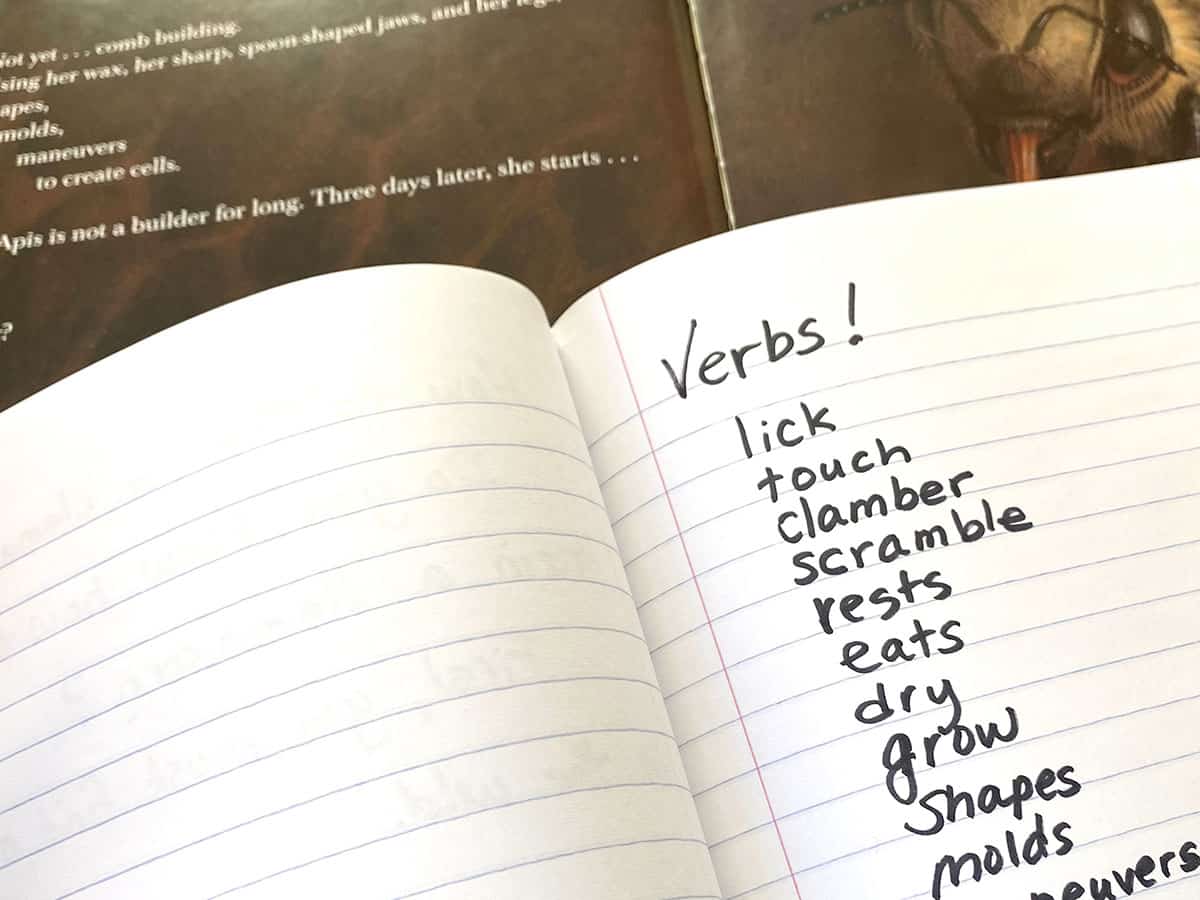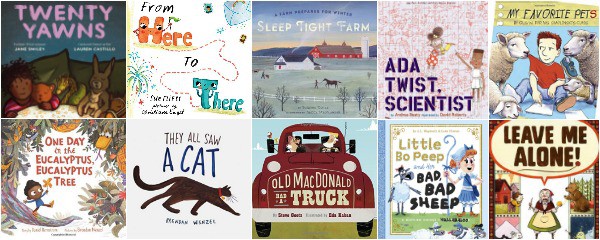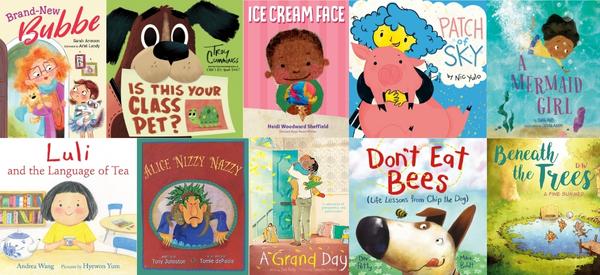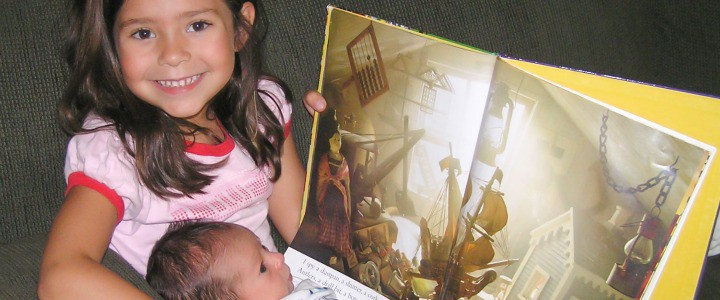How to Successfully Use Mentor Texts to Teach Writing
This post may contain affiliate links.
If you’re wondering how to successfully use a children’s book to teach writing. It’s called using a mentor text. Let’s dive into what a mentor text is and how to use them to teach writing.
Here’s what you’ll read in this article…
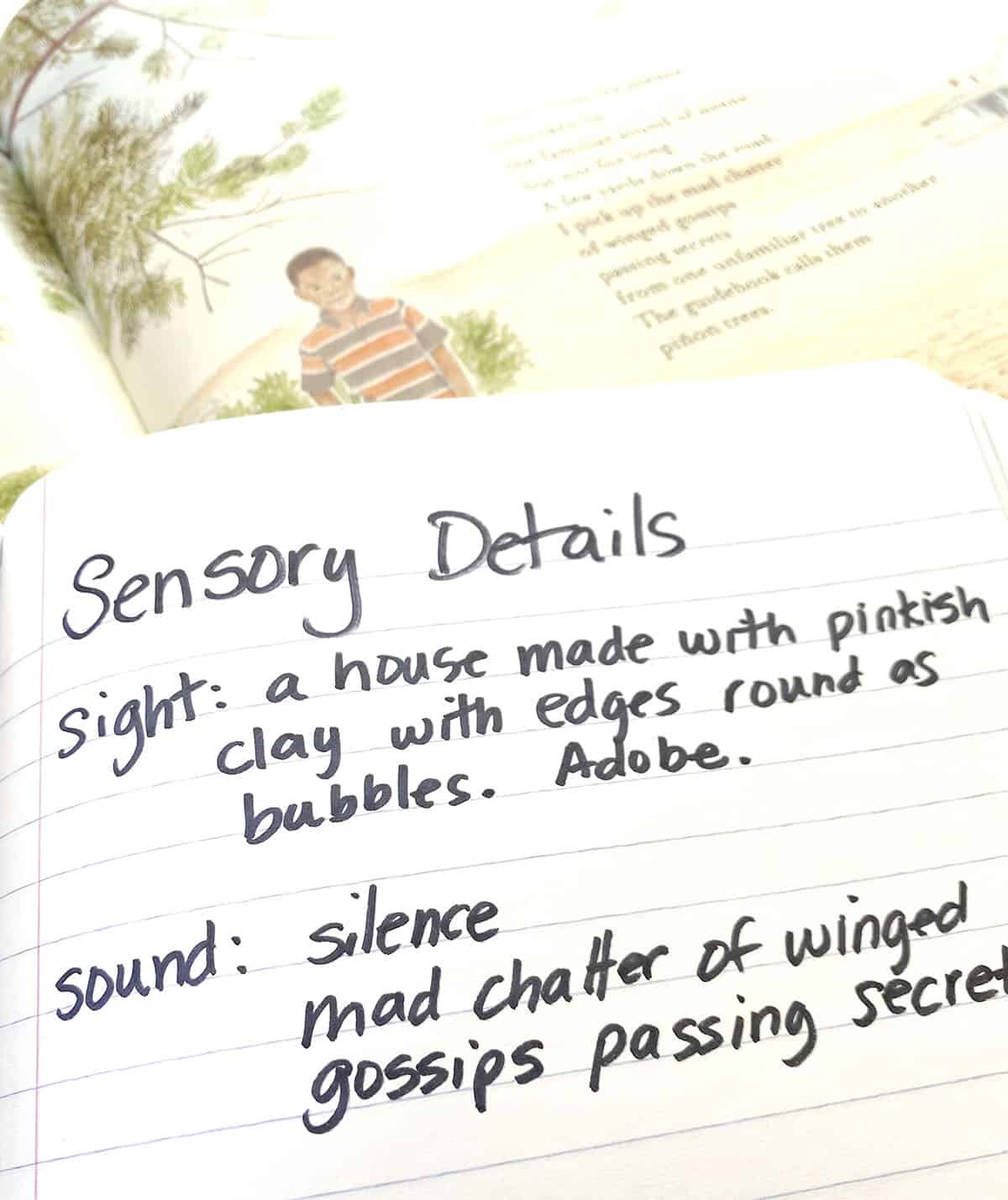
What Is the Definition of a Mentor Text?
A mentor text is an excellent piece of writing that models for students what good writers do — the craft and skills involved in writing, to which we apprentice ourselves and use it to learn from so that we can improve our writing.
Often, when I’m stuck for inspiration on how to write an article an editor has assigned me, I read something first. Not even writing about the same topics; I just read good writing.
For example, I choose magazines that have high-quality writing such as “Outdoors” or “National Geographic”.
They usually get me back into my writing zone because reading good writers inspires me and reminds me to do what I know — write catchy leads, use vivid verbs, writing with clear organization, etc.
It’s the same when we’re teaching children to write.
We read exceptional books and passages of text with children to teach them HOW TO WRITE.
Usually, we focus on a specific craft move in the writing.
The experts at the National Writing Project say, “Mentor texts are pieces of literature that you — both teacher and student — can return to and reread for many different purposes. They are texts to be studied and imitated… Mentor texts help students to take risks and be different writers tomorrow than they are today. It helps them to try out new strategies and formats. They should be [texts] that students can relate to and can even read independently or with some support.“
The good news?
Mentor texts can be almost any piece of writing including picture books, chapter books, articles, nonfiction books, magazines, and poems.
What’s more, they can be published books, something you’ve written for your students, or something a student has written.
Using student work helps the entire class to see examples at that grade level. If you’re using a student exemplar in your homeschooling, it’s also beneficial as examples for writers to learn from.
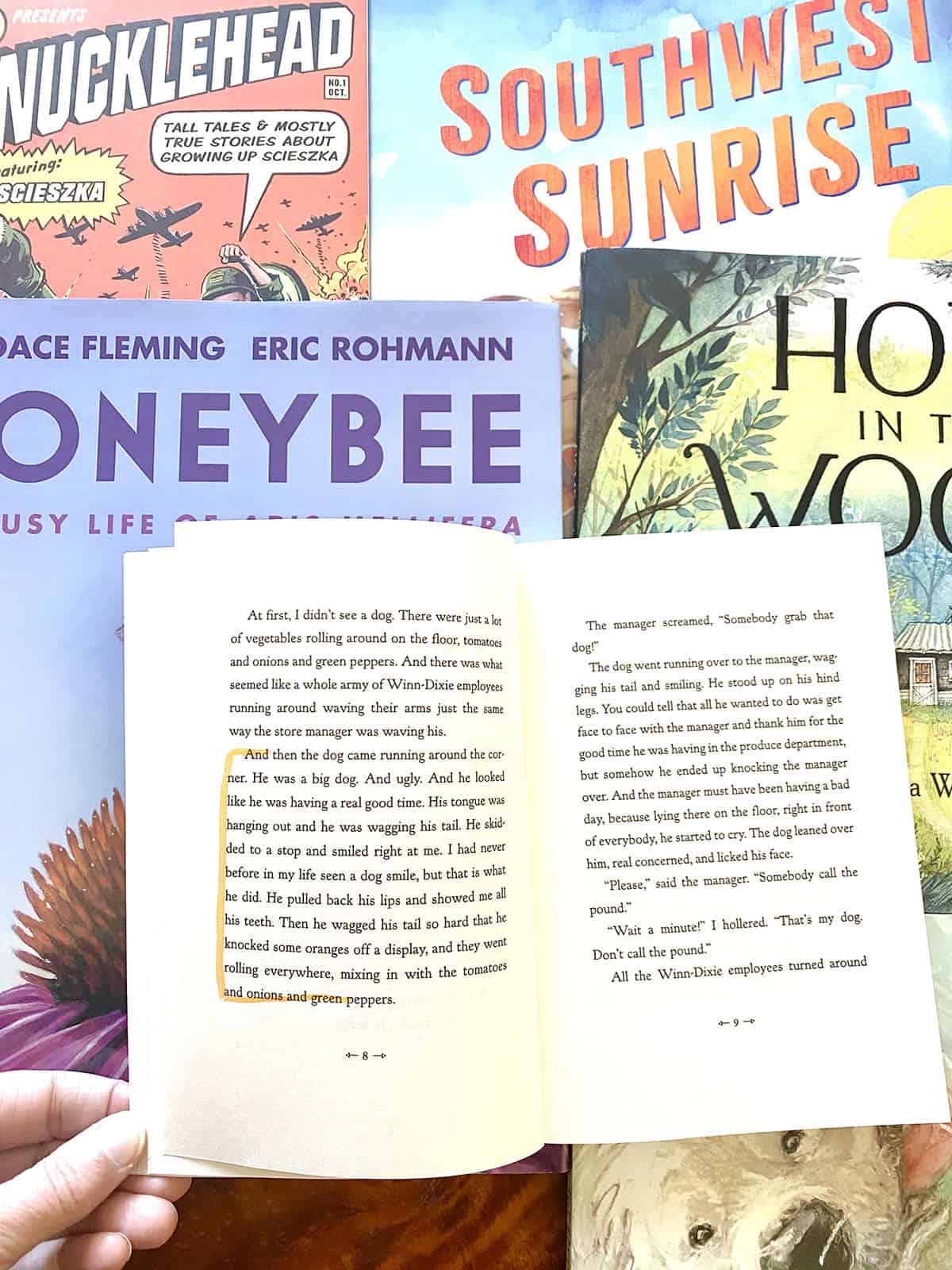
How to Use a Mentor Text?
So what do you do with your mentor text?
Classroom teachers will use it in the writing workshop, reading workshop, too.
Homeschoolers will use it during writing time.
Here’s how you use a mentor text in a writing lesson… (for any grade level and age.)
- Read the text and observe.
- Discuss what the writer did that made it SO good.
- Label the writing craft move (technique) for students if they don’t have the words for it. (Example: The author used dialogue to make the writing flow. Or, the author used vivid verbs to make the writing come alive.)
- Apply the craft move (technique) to your own writing. (First, model how to do this before releasing children to try it on their own.)
- Share and reflect on how it went.
An Example of Using a Short Passage to Teach a Craft Move

READ this passage from Southwest Sunrise by Nikki Grimes.
OBSERVE.
What does Grimes do that makes the writing so rich?
What could you teach writers to apply to their own writing?
“I wake up to a knife of sunlight slicing through the room Dad says is mine. I rub my eyes, stare out the barless window at a mountain striped in rainbow.“
LABEL the craft move. Grimes uses VISUAL details to show to give readers a picture in their minds.
Can you see the sunlight? How about the mountain?
APPLY.
After you read this passage with students, discuss what she does to give you a mind movie (sensory details). Then, show students how to apply the craft move by modeling how you would describe something that you all can see. Talk aloud about your thought process.
Then, ask student writers to apply the craft move of using sensory details (sight, in this case) in a short descriptive piece.
How to Choose a Mentor Text?
I’ll be honest, I agonize FOREVER about mentor texts.
First, I look for AMAZING writing. Specifically, writing that exemplifies the craft moves I want to teach.
Then, I consider if the passage or book is APPEALING to kids.
In addition to looking for writing crafts that I want to teach, I also consider the REPRESENTATION in the story.
If I’m going to use a story with a white character, I also want to make sure that I also use stories with BIPoC characters. That’s so my growing writers all have a chance to see themselves in the books.
Another consideration is the LENGTH.
I use Lulu and the Brontosaurus to teach fictional narrative not just because it’s well-written and exemplifies what I want to teach but also because it’s SHORT and can be read in one or two days.
Finally, I consider if the students can COMPREHEND the text — and if it is AGE-APPROPRIATE.
In other words, I won’t be reading a difficult passage describing the injuries in World War II with first graders.
To sum up, here’s what to look for when you’re making a selection:
- amazing writing (that demonstrates the writing craft you want to teach)
- appealing to kids
- diversity in characters
- length
- at a comprehensible reading level, appropriate for the age
Where to Find Mentor Texts
Here on Imagination Soup!
I’ve published many lists of mentor texts for both reading and writing with many more in the works.
GO HERE TO SEE the mentor text book lists that I have so far.
Your own bookshelf.
Start reading with new eyes…as a writer noticing the author’s craft.
Start with picture books. Ask yourself…Is the writing rich and amazing? Would it meet the requirements you have to be a mentor text?
You’ll find so much just by starting to notice books in a different way.
A New Homeschool Curriculum That Uses Mentor Texts
The reason I LOVE to use mentor texts to teach children writing is that it connects writers with real-world writing!
It teaches kids to READ LIKE WRITERS; to read carefully and study the craft of writing.
And, to WRITE LIKE READERS; to write for an audience who will love and appreciate what they write.
Using mentor texts GETS RESULTS.
It transforms reluctant writers into successful writers who feel pride and confidence.
More Recommended Books:
Craft Moves: Lessons Sets for Teaching Writing with Mentor Texts by Stacey Shubitz
Writing with Mentors by Allison Marchetti and Rebekah O’Dell
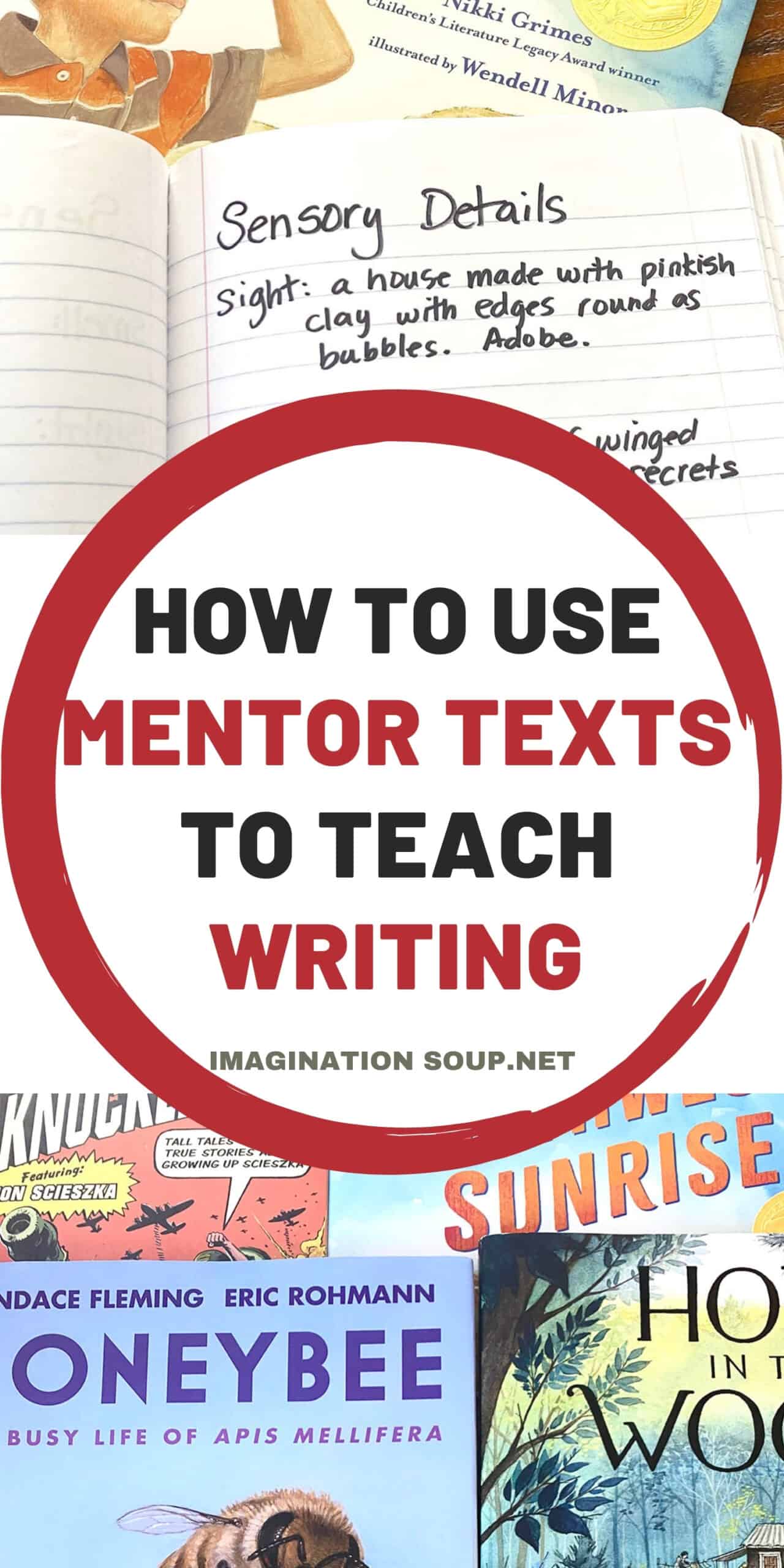
You Might Also Like:

